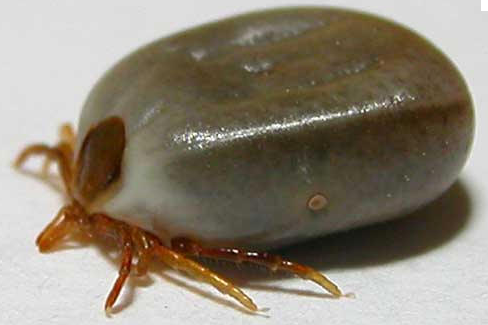Paralysis ticks (Ixodes holocyclus) are now in season, being most active in Spring and early Summer. Paralysis ticks are widespread in the Illawarra region so we made contact with local vet Dr. Kevin Calleja to ask a few questions on how pet owners can best prevent and treat paralysis ticks bites on pets.
Q1: What are the key physical features of a paralysis tick?
A1: A lot of Australian ticks look the same. Paralysis ticks are grey blue in colour however they do look similar to some bush ticks so it can make identification difficult.
Q2: What should pet owners do if they spot a tick on their pet?
A2: If owners are confident in removing the tick then they should do so as quick as possible and keep the tick for identification. They should then take their pet to a vet, as some early signs of tick paralysis are subtle and non-specific. If owners have not removed ticks previously or are not confident then it would be advisable to take their pet to a Vet so the tick can be removed there. Problems arise if owners make repeated attempts to remove the tick but can’t, thereby aggravating the tick and causing more toxin to be injected. Ticks can be killed quiet easily with the freeze type sprays used to treat warts on people.
Q3: What symptoms can pet owners expect to see once a paralysis tick has started releasing toxins into their pet?
A3: The most common symptoms people see in the pets suffering Tick paralysis is weakness (or paralysis) of the limbs. Their pet may not be able to walk properly or may sit down a lot. Other symptoms include a change in their bark or meow, lethargy, reduced appetite and vomiting. In the later stages pets may have trouble with their breathing.
Q4: What type of tick prevention treatments (or combination of) is most effective?
A4: There are a few preventatives on the market. For dogs, Nexgard and Bravecto are chewable tablet options, Advantix is a spot on treatment used every 2 weeks and Seresto is a collar that can last 4 months. Be mindful that some tick preventives are toxic to cats so be careful if you have cats around. The options are limited for cats, Frontline spray can help. Daily searches are also advisable to help reduce the likelihood of ticks attaching to your pet.
Q5: Any other advice to pet owners regarding paralysis ticks?
A5: Early detection is the key as Tick paralysis treatment has a better success rate if done early. If your pet is showing unusual symptoms and has been in an area where ticks may be then search your pet to look for any ticks and also take your pet to the vet.
Tabby & Pooch offer dog walking and petsitting services in the Wollongong region. Find out more about us at www.www.tabbyandpooch.com.au


